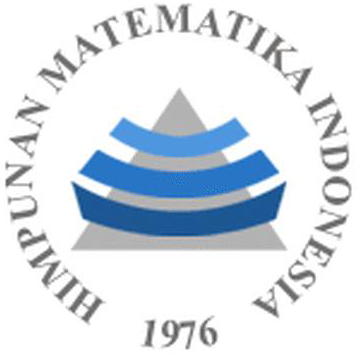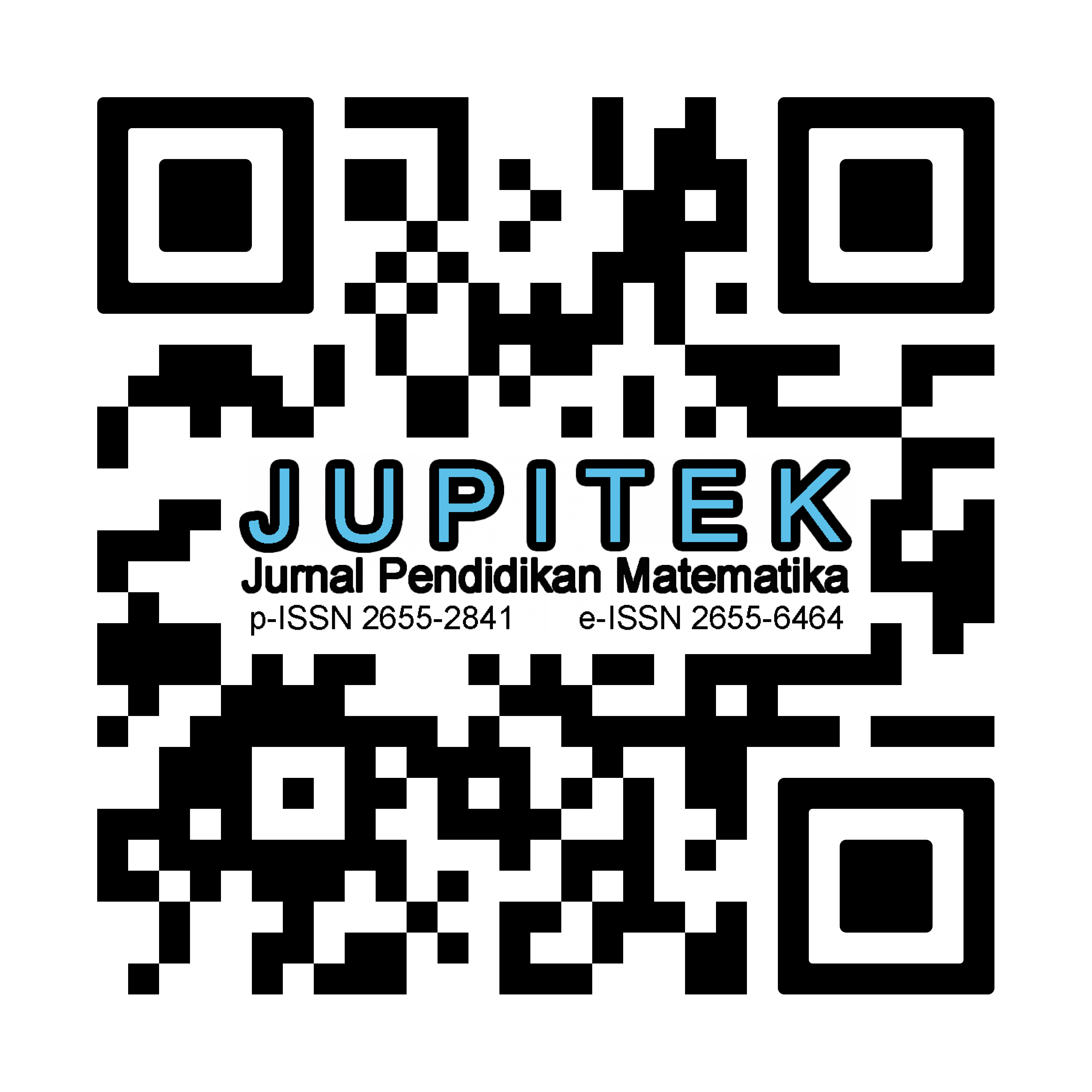MENINGKATKAN HASIL BELAJAR SISWA KELAS IV SD KRISTEN BELSO A2 AMBON DENGAN MENGGUNAKAN MODEL PEMBELAJARAN DOUBLE LOOP PROBLEM SOLVING PADA MATERI PENGUKURAN PANJANG DAN BERAT
Abstract
This study aims to determine whether there is an increase in students' learning outcomes taught using Double Loop Problem Solving (DLPS) on the measurement material. The design of this study was a pre-experimental design with one group pre test post test design. The research sample was sixth grades which amounted to 24 people. The research techniques used were test and non-test techniques. Analysis of student learning outcomes data descriptively obtained from the results of percentages and average students while to determine the increase in student learning outcomes, we used the N-gain test formula. The results showed that using of the Double Loop Problem Solving (DLPS) learning model could improve student learning outcomes in the measurement material. This is supported by a pre-test and post-test analysis that uses normalized N-gain values where 21% of students are in the N-gain category with a High category, 58% of students are in the moderate category and 21% are in the low category
Downloads
References
Dimyati dan Mudjiono (2002). Belajar dan Pembelajaran. Jakarta: Rineka Cipta dan Depdikbud
Huda (2014) Model- model Pengajaran dan Pembelajaran. Yogyakarta: Pustaka Belajar
Meltser, D.E (2002). The Relationship between Mathematics Preparation and Conceptual Learning Grains in Physics: A Possible “Hidden Variable†in Diagnostice Pretest Scores. Dalam American Journal Physics, Vol 70 (12), 27 halaman
Sugiyono (2012) Metode Penelitian Pendekatan Kuantitatif, Kualitatif dan R&D Bandung Alfabeta Bandung
Sukardi, 2011. Metodologi Penelitian Pendidikan,Bumi Aksara,Jakarta.
Van den Heuvel-Panhuizen, M. (2004) Young Children Learn Measurement and Geometry. Netherlands: Freudenthal Institute, Utrecht University
Zuhri, D. (1998). “Proses Berpikir Siswa Kelas II SMPN Pekanbaru Dalam Menyelesaikan Soal-soal Perbandingan berbalik Nilaiâ€.
Yuspriyanti,D.N. (2011) Implementasi Pembelajaran Matematika Dengan menggunakan Doble loop Problem Solving Untuk meningkatkan kompetensi strategis siswa Smp.tesis pada jurnal pembelajaran matematika SPS UPI Bandung: Tidak diterbitkan
Copyright (c) 2019 Herlina Yacob, Carolina Selfisina Ayal, Johannis Takaria

This work is licensed under a Creative Commons Attribution-NonCommercial-ShareAlike 4.0 International License.
License and Copyright Agreement
By submitting a manuscript to Jurnal Pendidikan Matematika (JUPITEK), the author(s) certify and agree to the following terms:
- Originality and Authority: The submitting author is authorized by all co-authors to enter into this agreement. The manuscript describes original work that has not been published previously in a peer-reviewed journal, nor is it under consideration for publication elsewhere.
- Approval: Its publication has been approved by all author(s) and by the responsible authorities of the institutions where the work was carried out.
- Rights: The authors secure the right to reproduce any material that has already been published or copyrighted elsewhere.
- Licensing and Copyright: Authors retain the copyright to their work.
- License Grant: The authors grant Jurnal Pendidikan Matematika (JUPITEK) the right of first publication, with the work simultaneously licensed under the Creative Commons Attribution-NonCommercial-ShareAlike 4.0 International (CC BY-NC-SA 4.0).
- Self-Archiving: Authors are permitted and encouraged to deposit the published version of their article in institutional repositories, on their personal websites, and other academic platforms, with proper acknowledgment of its initial publication in Jurnal Pendidikan Matematika (JUPITEK).







.png)


